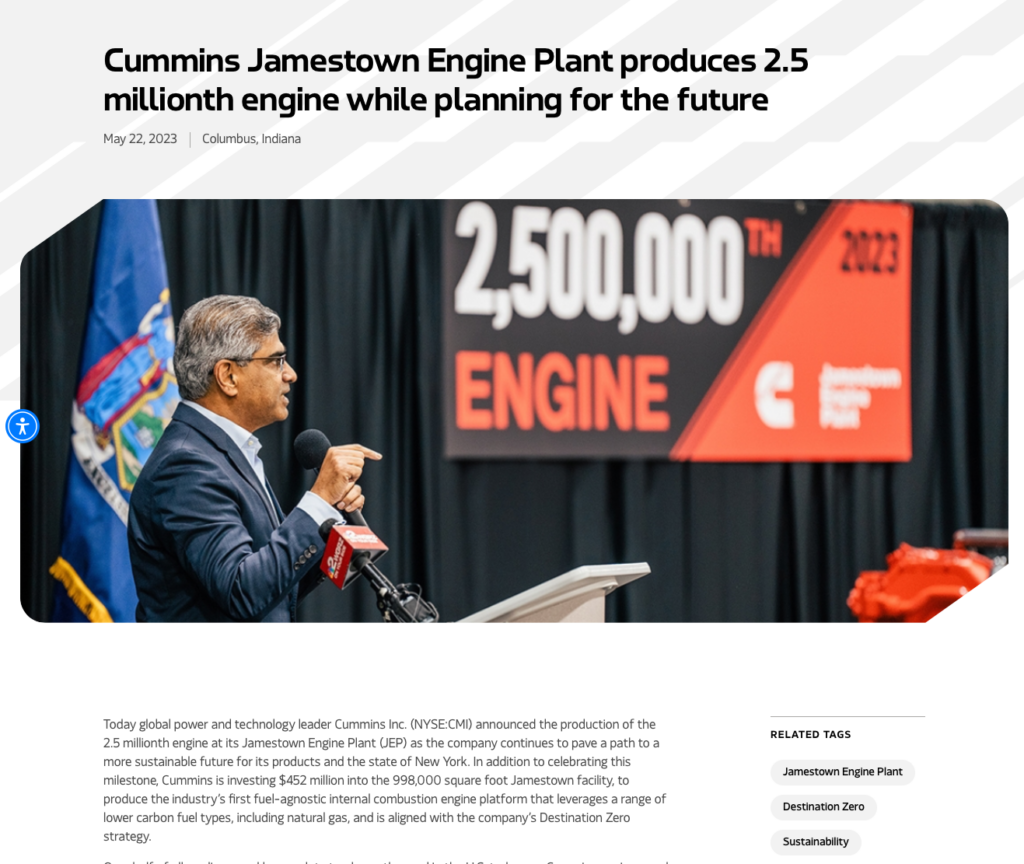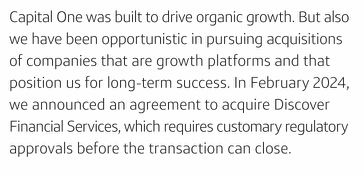I’ve written a bit about company annual reports. What are they?
Each year, every public company puts together a formal report to shareholders. If we own shares, that’s us. The managers that run the company are letting us (the owners) know how the company performed and what the outlook is for the coming year.
Can We Believe Them?
Good question. Put yourself in their shoes. You ran the company for a year. Wouldn’t you want to focus on the things that wen’t well, not the things that went not-so-well? Probably, and they do.
Accountability
Most companies report results quarterly and issue a detailed report annually. I consider myself a “casual” owner of companies. While I have a significant portion of my savings invested in public companies, I own a very small percentage of the company.
Other investors own huge portions. Let’s take a look at Coca Cola (Ticker: KO). Instead of looking at the chart like we usually do, let’s take a look at the owners in the holders tab.

Berkshire Hathaway is no surprise. We often hear of Buffet’s love for Coca Cola, and other blue chips.
These folks own a lot more shares than I do. They are reading reports carefully and calling the CEO to hold them accountable.
Companies also do annual, and often quarterly investor calls. You are welcome to sit in on one. Typically these calls are filled with analysts and large investors who pepper the management team with questions: “Last quarter you said that sales would drop in the short term but pick up next quarter. they didn’t. What happened?”
So, lots of smart people who have a significant investment in these companies are watching. It’s hard for a company to get away with embellishing or leaving out key issues. That said, we do sometimes see outright fabrication.
Some companies are accused of accounting irregularities. When I see this I run for the hills. Often it’s nothing, but when it’s an issue, it likely means the company isn’t doing very well and the management team is complicit in a cover-up.
In general, yes, we can trust much of what we read. In the US, we have an effective system of accountability. But as always, trust but verify.
We Were Wrong
Even so, we don’t often hear these words. Buffet talked about this in his most recent annual report for Berkshire Hathaway. You can read more about this in my Honesty Matters post. Buffet often admits mistakes in his shareholder communication. Costco and Amazon have as well. But we don’t see this as often as we should.
Bring it Back
Important background. An annual report is an opportunity for management to update a company’s shareholders (owners) of progress, challenges and their outlook for the future. We can generally believe what we read as there is an effective system for holding management accountable. That said, we understand management has been running the company and wants to project themselves in the best light, so it’s important to also read analyst reports.
Boy, There are a Lot of Reports to Read!
I like investing in businesses. I currently hold shares of over 60 companies. That’s a lot of annual reports and they all seem to show up around the same time. Here’s my inbox today.

There was also one for Capital One Financial, but I already read that, which is what got me started on today’s post, which I promise I’ll get to…
Just an FYI. I own Cummins (Ticker: CMI) in 2 different accounts so I get an email to read the report and vote the shares for each account.
Sometimes I see a report and think “cool, I’m interested to see what’s going on.” For others, I groan a bit.
I Just Figured Out Why
After years of reading lots of reports, I just figured out why that is. And to be clear, by reading, I mean I spend about 15 minutes on each. That 15 minutes often kicks off another 30 of verifying the info I read, but I’m not reading each of the 300 pages. I let the analysts do that and then read their summary – kinda like reading the Cliff Notes in college.

But anyway, some reports are chock full of digestible (for me) information, while others just aren’t. Let’s take a look.
And I’m picking on Capital One Financial today, but the same goes for Visa (a favorite of mine) and Prudential.
What Does This Tell You?

I’ve just woken up from reading this. Someone has taken a creative writing class.
I have limited time (15 minutes) for this report. The authors (and management) have shown a disrespect for my time.
What Does Cummins Have to Say?
You may know Capital One Financial. They are a big player in credit cards. You likely have one of their cards in your wallet. Cummins on the other hand is a US engine builder. They primarily build engines and powertrains for heavy-duty equipment, but motor-heads probably remember the Cummins diesel that was put into some Ram pickups. It was a beast.
Early on, Cummins report tells me

While I’m not familiar with the legendary platforms of which they speak, I can read this paragraph and learn something concrete. Customers having the option to choose fuel type is pretty cool and the fact that they are producing in the US (I had to search for Cummins Jamestown to determine it’s in New York and not South Africa) is awesome.

And Another Thing


Trucks are facing a head-wind, but power generation should make up for it. Nice to know. Let’s check in next quarter and see if that’s still the case.
Compared to…

To Be Fair…
The folks at Capital One do share some info.

The wording is a bit flowery for me. It was tough to find in the 7 pages of the letter to shareholders, and there wasn’t enough commentary for a deal that was the reason I purchased shares in the first place, but it’s there.
Wrap-Up
Today I realized that all reports are not equal and all do not deserve the same amount of our time.
I knew this instinctively, but never put it into words. This is why I’m happy to see the Berkshire, Fastenal, Costco and Cummins reports in my inbox, but I groan a bit when Capital One, Prudential and Visa show up.
I know some management teams are going to educate and inform. Others are going to try and test their creative writing skills.
What Do We Do?
While I find the comparison humorous, it doesn’t mean we can put our money into Capital One and hope for the best. I’m not spending a lot of time on the annual report, but I’ll spend a little more reading what analysts think. Let them slog through it and then I’ll read (at least 2) summaries. Here’s one:

That’s easier to read. The next few pages of the analyst report gets into the detail, but Capital One is a financial company so any report is going to be number-heavy. As opposed to the cool discussion of engines in the Cummins report.
Another Nugget From Cummins

While Cummins is known for truck and tractor engines, don’t forget that they provide engines as back-up generators in data centers. What a great way to play the AI boom.
Back in the early 2000’s, I was working for a financial company and I had the opportunity to tour their data center in Texas. At that time Texas was known for cheap land, low taxes and unpredictable weather.
Cheap land and low taxes made it a great place to build a data center, but the occasionally violent weather made it a huge risk. On the tour we were shown 7 huge locomotive engines. These could be used to completely power the data center in the event of a power outage. Not sure if they were Cummins engines.
Another cool thing…engines run hot. The company needed a huge water supply available to cool the engines. The engines would not be used regularly so in an attempt to find a more beneficial water-storage strategy, the company built a pool on the roof for the employees and their families to use. Way better than a water tank.
Anyway…we should be thankful that we live in the US where companies are accountable for what they put in their reports. While we need to fact check what we hear, we’ll learn a lot of valuable info by skimming the reports. But depending on our interests and the quality of the writing, it’s OK to spend less time on some. Just be sure to find an alternate source of info.

